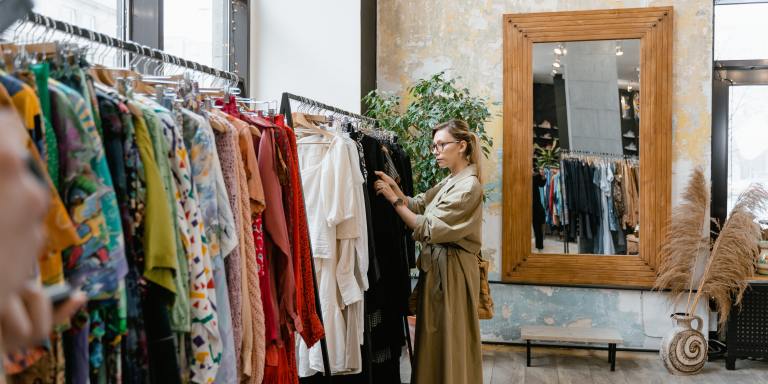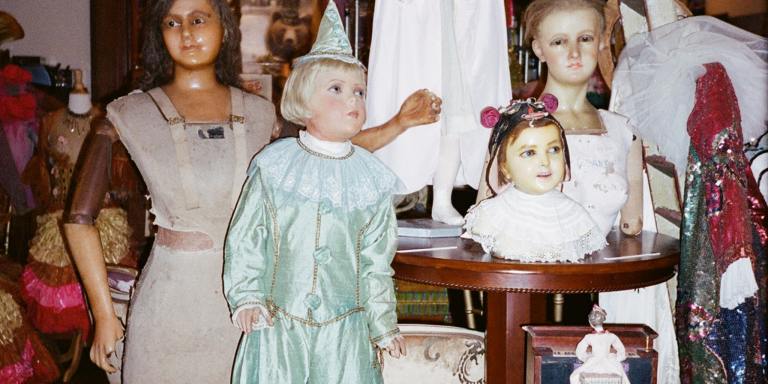As you may or may not know, the CEO of Abercrombie & Fitch (hereafter referred to as A & F), Mike Jeffries, came under fire for making controversial remarks about the clothing stores target audience. The story which I believe was first reported by Business Insider was critiquing the company’s refusal to make clothes for plus-sized women. Jeffries is also quoted as saying the following in a 2006 interview with Salon:
“In every school there are the cool and popular kids, and then there are the not-so-cool kids,” he told the site. “Candidly, we go after the cool kids. We go after the attractive all-American kid with a great attitude and a lot of friends. A lot of people don’t belong [in our clothes], and they can’t belong. Are we exclusionary? Absolutely.”
I have never purchased a single item from A & F. I came to the United States when I started college and I suppose my fashion influences, especially then, had been not so all-American, if you will. (And yes, I know they have stores outside of the United States.) Beyond that, I think I’ve actually only entered the store once and that was to accompany a friend. I didn’t stay very long because the overpowering scent of perfume that signifies the brand is something I find rather insufferable. Coco Chanel is quoted as having said, “Elegance is refusal,” and I believe she had a point. But to each his or her own. Beyond the exterior impressions I have of the store, I have never found the fashions to be appealing. I suppose my foreign biases are partially responsible for that. Or maybe I’m just not a cool kid.
But I am slender, I suppose somewhat attractive, have a decent enough attitude and people text me to come out on weekends so I guess I have a reasonable amount of friends too. But for my nationality and maybe not being White and therefore not all-American enough, I could be in their audience of their rhetorical cool kid. But if being cool is a “thing” that this CEO wants to attract because he wants A & F to be considered cool kids’ attire, allow me to offer some free and what I thought was well-known: Cool kids never say they are cool.
A & F has also come under fire for not making plus-size clothes, and the masses are indeed angry. Maybe they ought to be but the masses should recognize that A & F is not alone in this exclusionary practice. It is a common exercise among a lot of designers, perhaps an unfortunate one, but common nonetheless. So if we are to attack A & F for this, we have to attack the entire fashion and clothing industry systematically. And maybe size discrimination versus entrepreneurial freedom is a conversation for a different day.
From the perspective of business sense, A & F or at least the CEO of A &F, lacks it. It is not good practice or good public relations to talk about who you’re excluding, especially in a society that constitutes a sizeable amount of that excluded population. Moreover, we live in the digital media age where news spreads like wildfire and customers are able to attain more information than ever about where they are spending their money. A & F has become an identifiable bully in the marketplace and because this bully has many a competitor, customers need not spend their money there. Of course, this situation may blow over as many bad public relations stints often do. Unfortunately, while our culture claims to not like bullies, our consumer practices show otherwise.
There is one guy, however, who started a campaign, called #FitchTheHomeless as a response to A & F’s exclusionary practices. The premise is to go to thrift stores, find A &F clothing items, and give them away to the homeless. Watch the video below:
[youtube http://www.youtube.com/watch?v=O95DBxnXiSo%5D
As the video started, my initial reaction was one of delight. I like people who put their money where their mouth is and actually do something to change something they don’t like. By the end of the video, however, I felt a little uneasy. So A & F had excluded “uncool” and plus-size people which many would argue is a terrible thing, something that marginalizes a group of people. But I wonder: Is this guy not making a mockery of some of the most marginalized group of people in the homeless? Is he not deciding that because A & F is an unworthy brand, it therefore belongs to what our society views as an unworthy group of people – the homeless?
Since moving to Chicago, I have been involved in hospitality for the homeless activities and endeavors. Upon doing an analysis of the book Stigma and Mental Illness for a Social Construction of Health class in my last quarter, I found myself trying to individually educate myself on homelessness. Between that and my interactions with homeless people, I find myself positioned to believe that although this guy has good intentions against a corporation he despises, he is carrying out his crusade at the expense of one of the most excluded groups in our society. The irony is problematic, if nothing else.
I think the best way to really stick it to A &F is first and foremost, in our consumer power to choose to shop there or not. I think we can create and participate in discourse that finds middle ground or common ground in industrial practices that exclude populations based on size versus an entrepreneur’s need to segment the market and his or her freedom to appeal to certain populations over others. Above all, I think that when we react to what we perceive as injustice, we must be careful not to perform our own version of justice at the expense of inflicting injustices on other groups. Reactions should be timely and passionate but that passion needs to be tempered with a consideration of viewpoints other than our own.
So with that said, what do you think? ![]()





